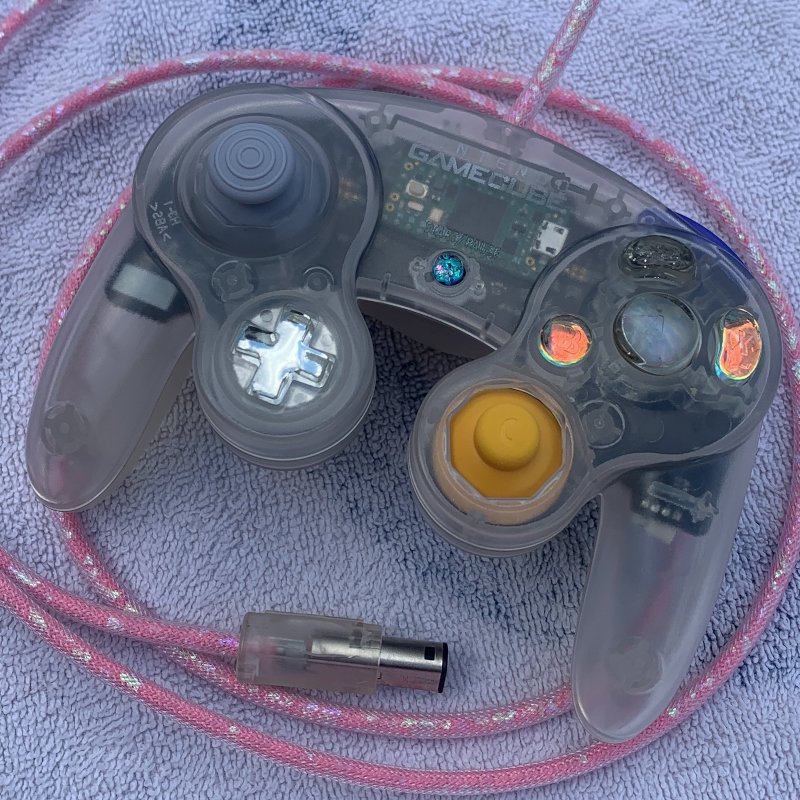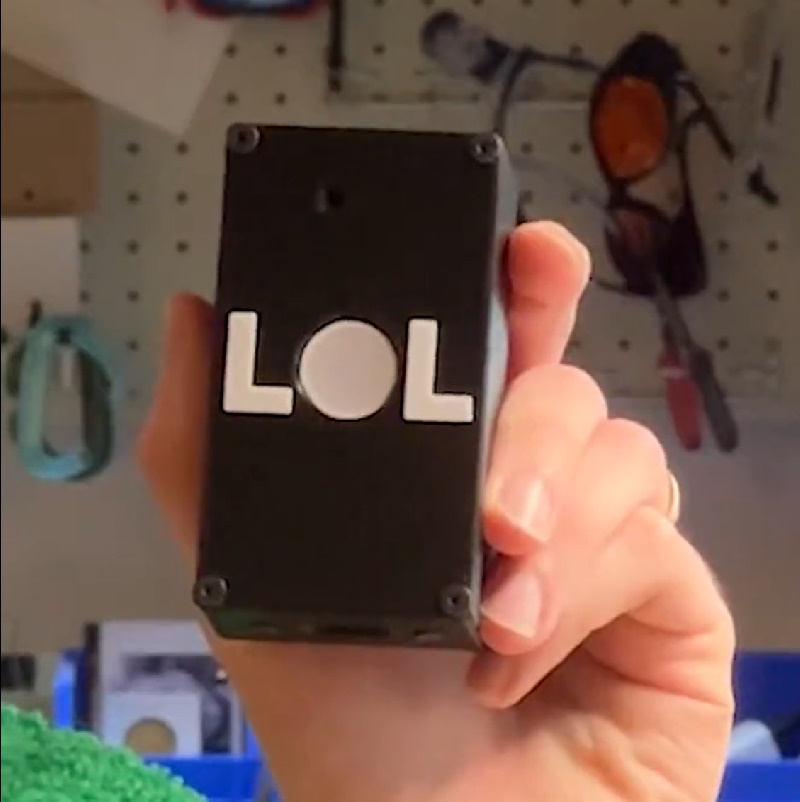Super Smash Bros. is a beloved franchise offering Nintendo heads the chance to see their favorite characters’ worlds collide for the noble pursuit of beating the crap out of each other.

For over two decades, fans have been “settling it in Smash” from a roster that now extends beyond Nintendo’s stable with the current Switch version’s 74 playable characters.
But for many, the pinnacle of gameplay can be found in 2001’s Super Smash Bros. Melee for the Nintendo GameCube. It comes as no surprise to find that the particular type of zealot who insists on the GCN release when it’s time to Smash has a rather particular set of tastes.
Case in point: ayegiohh‘s Teensy 4.0-powered PhobGCC motherboard (version 1.2) for Gamecube controllers. This direct replacement board reads stick position using magnets and Hall effect sensors, as opposed to the original potentiometer-based method which can degrade after heavy use at the professional level. In addition to software and hardware, extensive documentation can be found on the project’s GitHub, along with a complete guide to making, buying, or outsourcing the creation of your PhobGCC. Regardless of your favourite fighter, we think you’ll want to main this Teensy-powered marvel next time you fire up the ol’ purple lunchbox to deal out that Final Smash*.
*yes we know the Final Smash was debuted in Super Smash Bros. Brawl, nerds — it just seemed like a cool way to end this blog post, and now you’ve ruined it by making us have to add this big ugly addendum. Just kidding, we love you! <3
